Podcast: Play in new window | Download
Subscribe: Apple Podcasts | Email | TuneIn | RSS
In this episode of My Favorite Feminists, Megan & Milena cover fellow University of the Arts alumnus Meta Warrick Fuller & developmental psychologist Mamie Phipps Clark
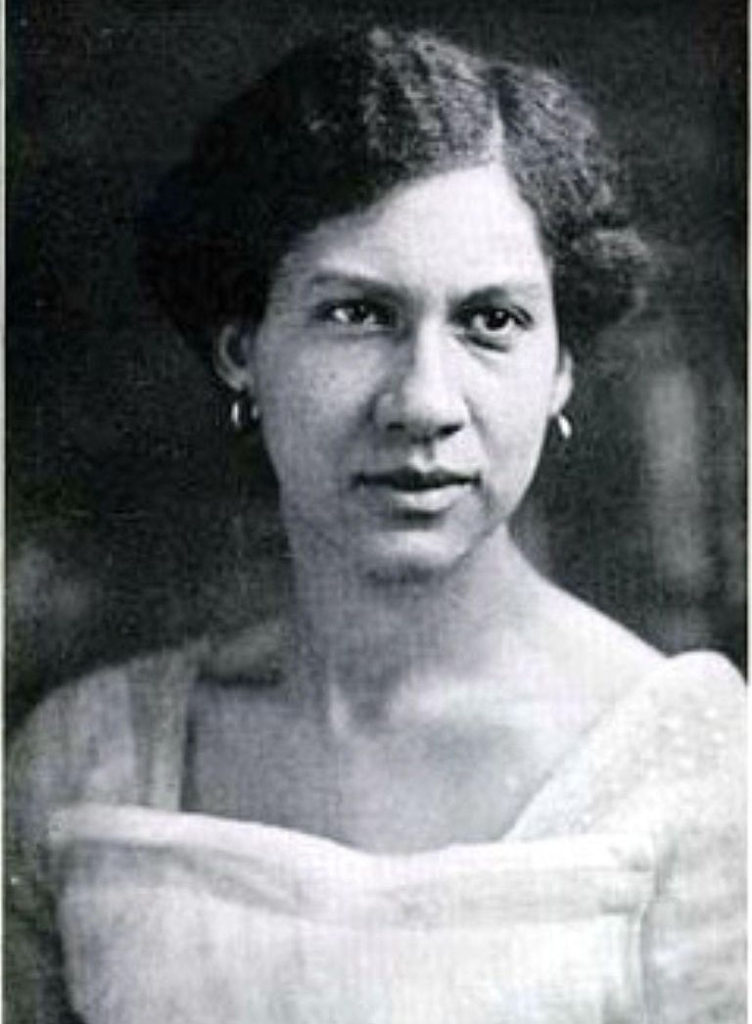
It’s 1899, you’re 22 years old and traveling abroad for the first time. Its taken endless persuasion to get your family to agree to it – after all you’re an unaccompanied young lady – but finally they consent. The ship has sailed and you’re in Paris, about to start your professional career as a sculptor when, well, will you look at that – some good old fashioned American racism! 3,705 miles away from your home shore is not far enough to escape the second-class reality of being an African American.
Thankfully for us that did not stop Meta Vaux Warrick Fuller from pursuing her art. Despite the racism she faced by another American on her first day in Paris, she spent decades creating sculptures that exemplified the realities of being black in early 20th century America. Before the Harlem Renaissance, before the Black Arts Movement she was a lone woman documenting the often-painful narrative of what it meant to be black in America – a reality still relevant a century later.
Selection of Meta’s Surviving Art
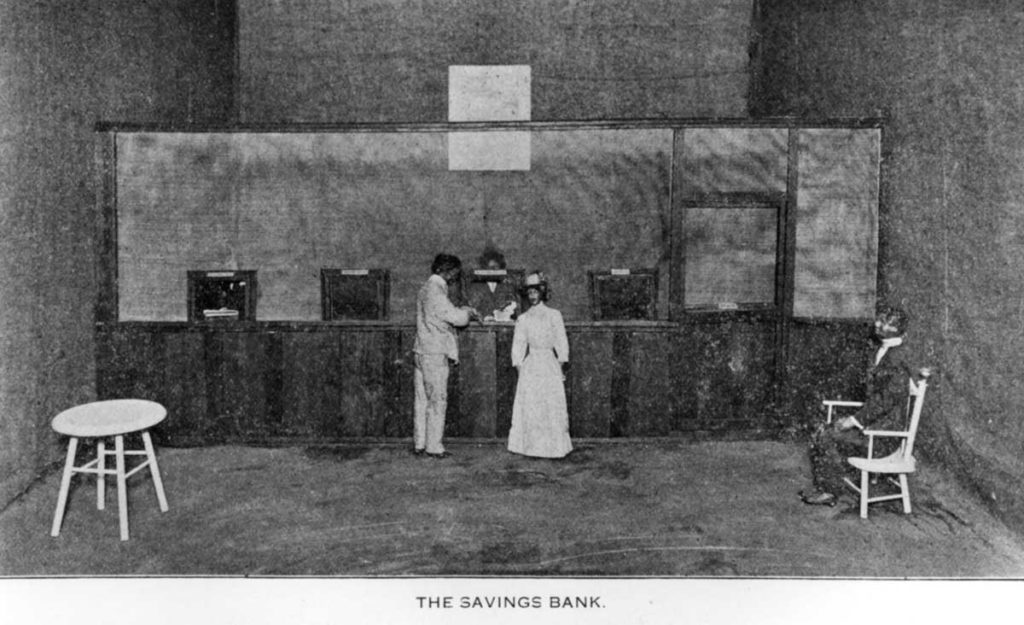
African Americans doing everyday things, despite the prevailing dehumanizing
racism that inhibited, and in many cases killed, African Americans of the time. And
by time I mean that shit is still a reality today. On the bright side, Meta took home a
whooping 47,602.04$ (adj. for inflation) for her commission
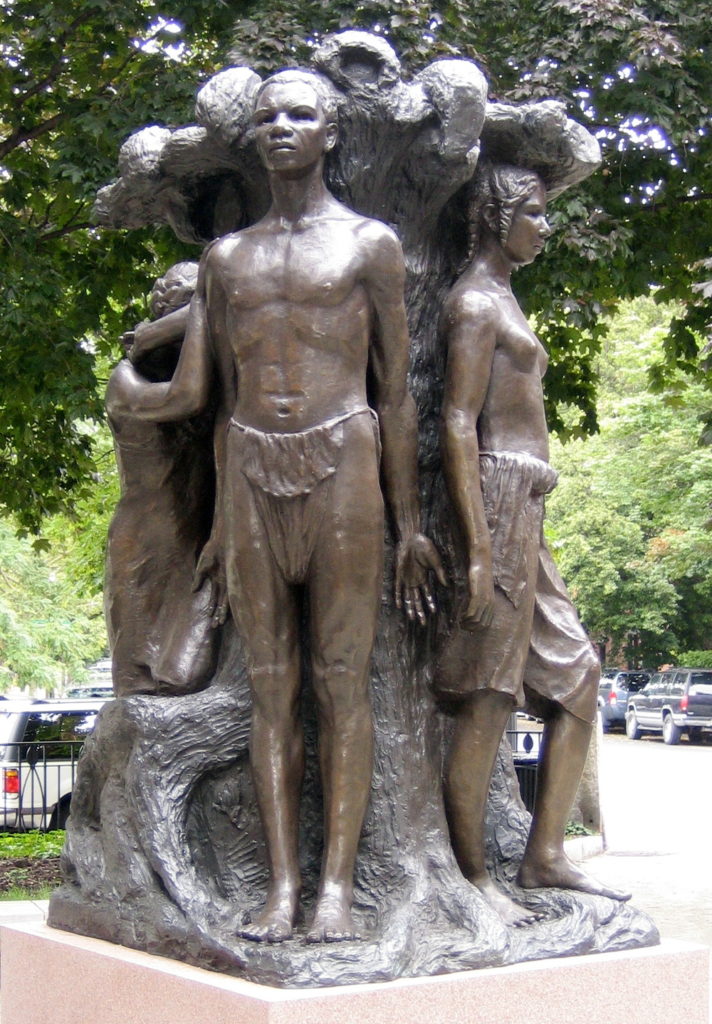
piece that got her back in the studio and making kickass work, all thanks to a certain
W. E. B. Du Bois for suggesting she get back into art making. At the Harriet Tubman park in Boston, MA
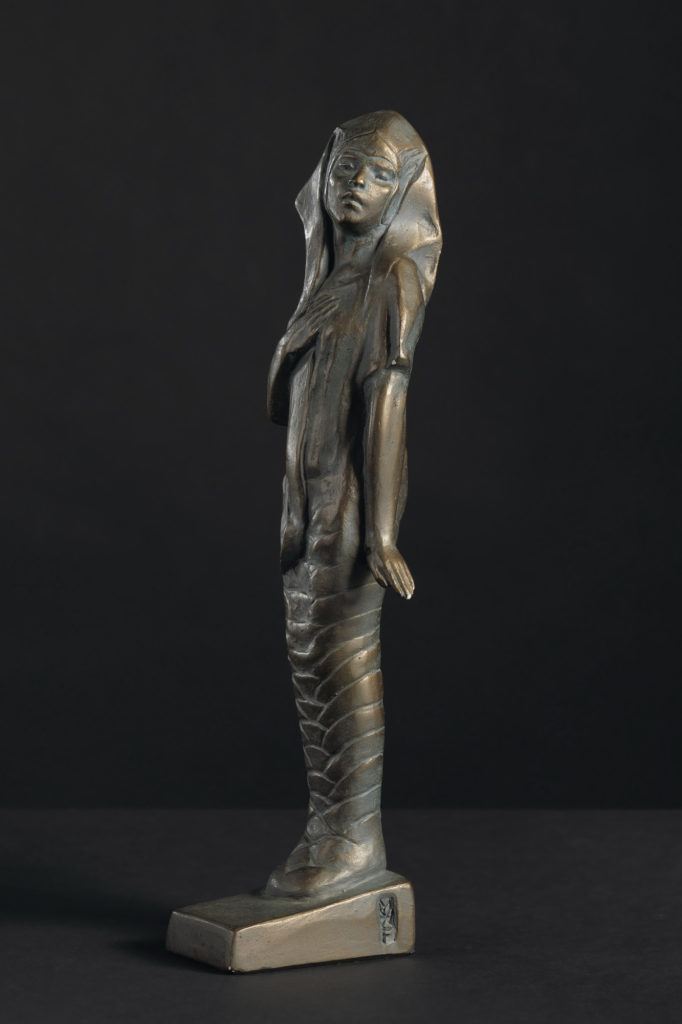
stereotypes that her work combated
Fucked-up American Racist Shit of the Era, Early 1900’s


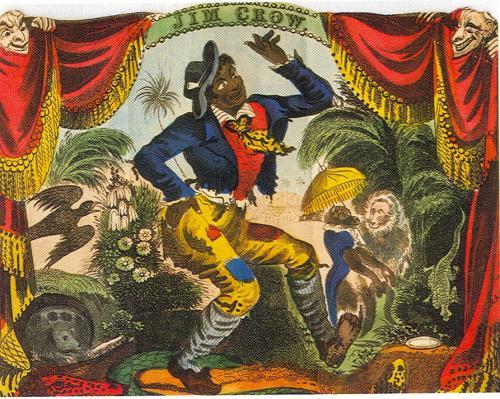
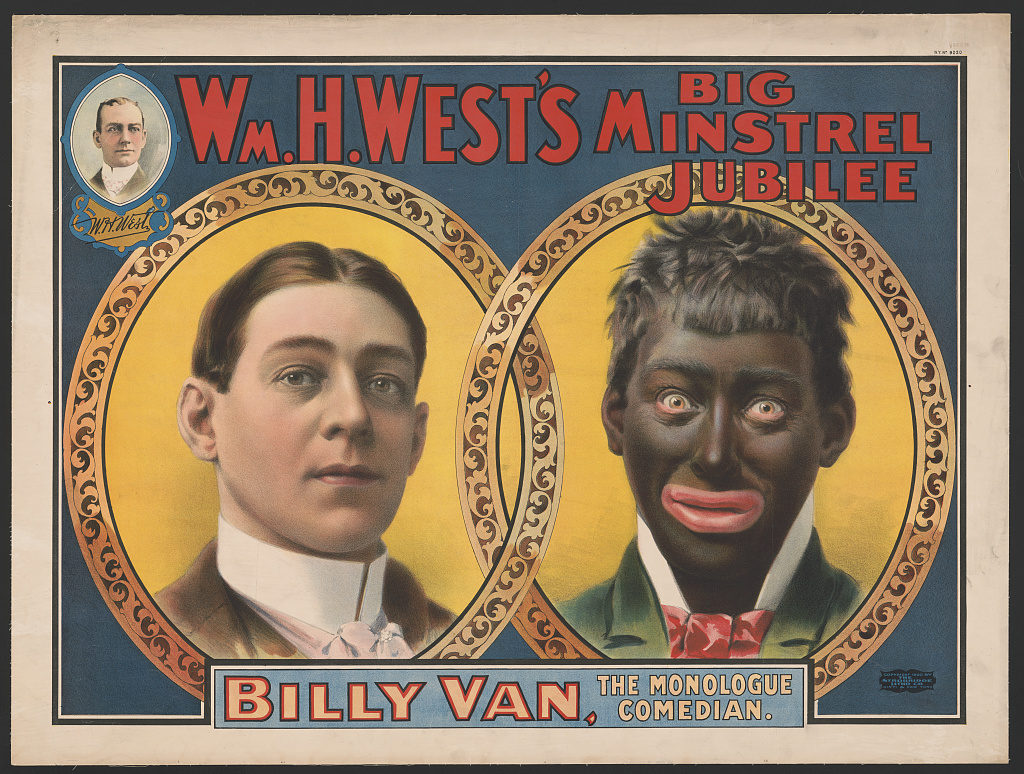
Mammie Phipps Clark
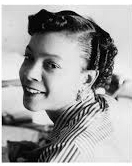
When did you first show signs of self consciousness? Mamie Phipps Clark could probably answer that question for you. Say hello to the developmental psychologist that made waves in the world of segregation in the 1940s, and helped shape the future of millions of African American children.
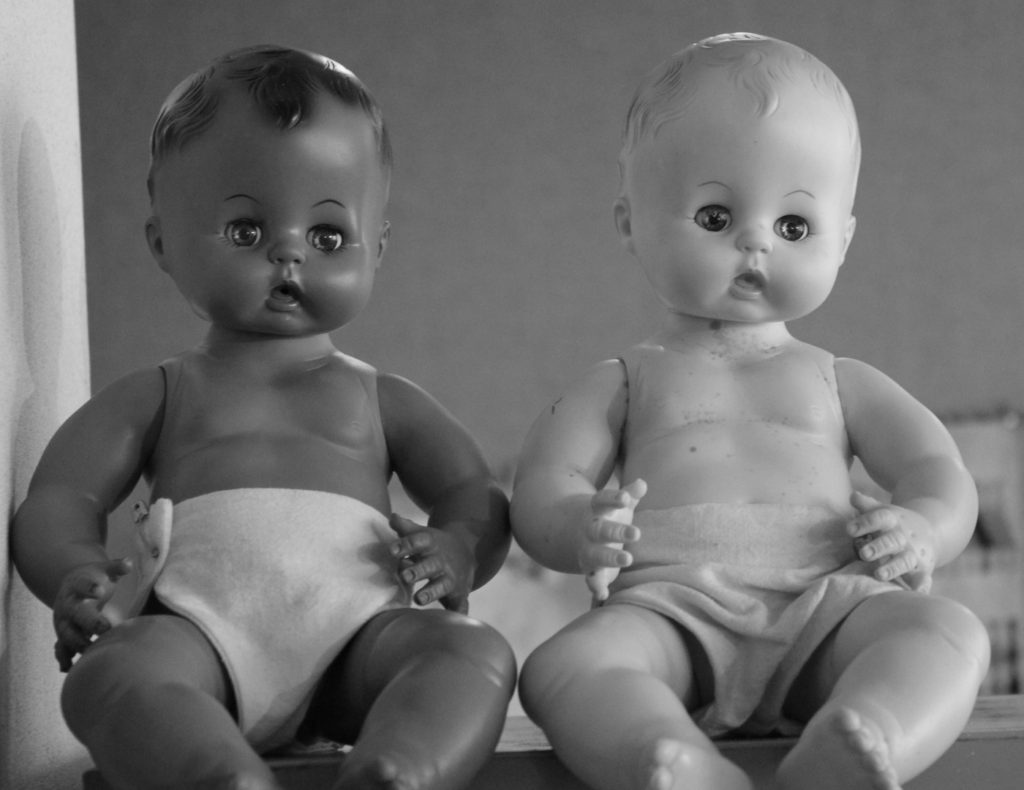

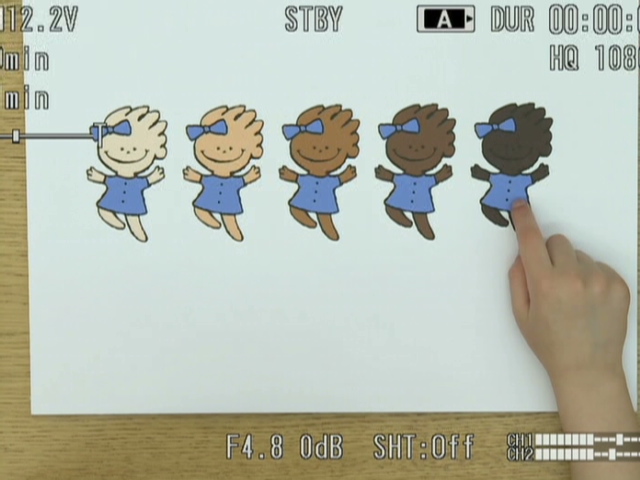
As always, music by EeL



